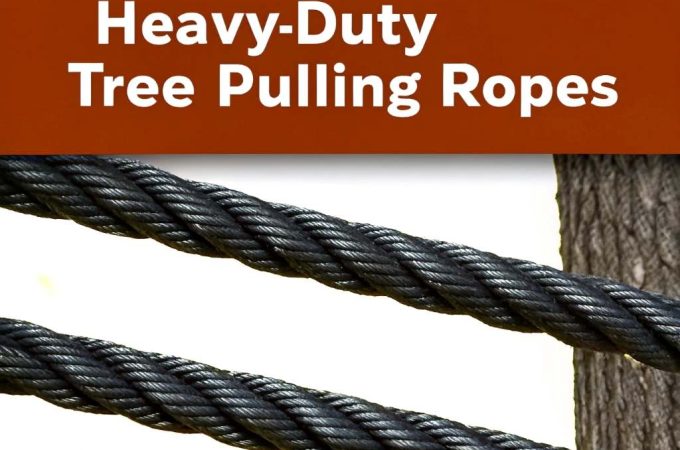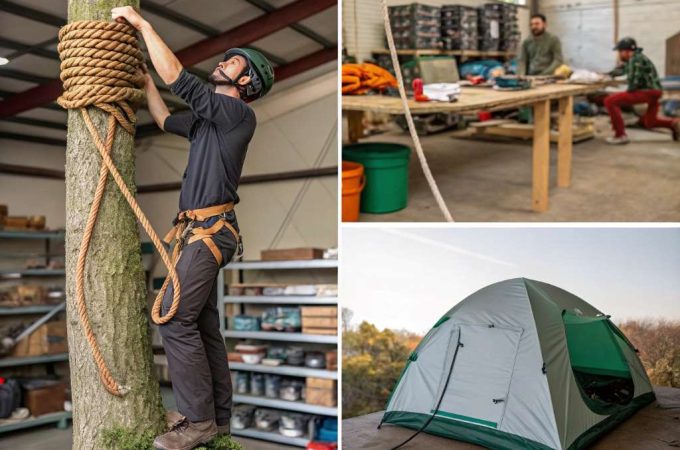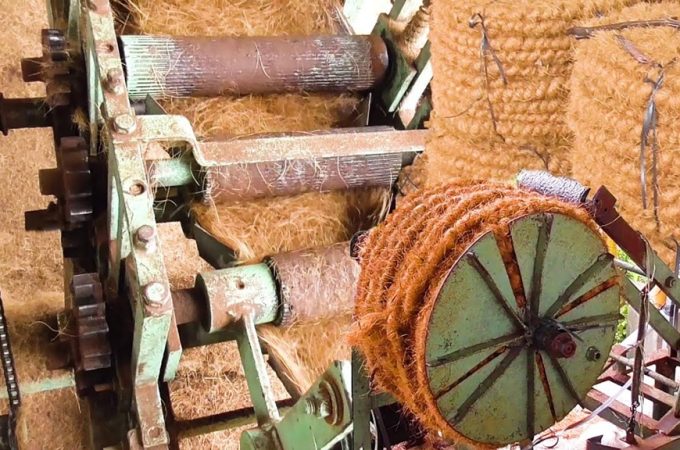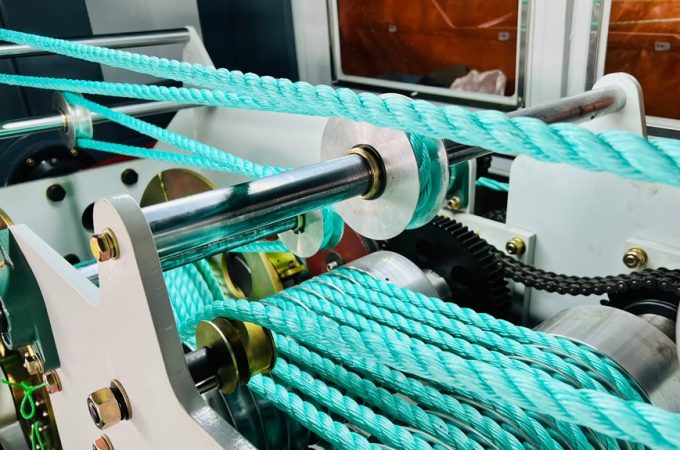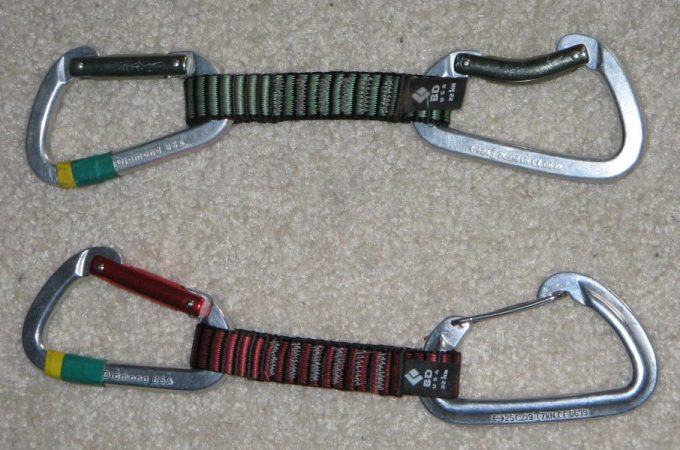
How to lube wire rope?
If you’re looking to lube your wire rope, it pays to know exactly how and where to do it. The right tool for the job, combined with good technique, will ensure that your wires stay smooth and strong for years. There are three main reasons to lubricate your wire ropes: to reduce friction, to prevent corrosion and oxidation, and to extend their lifespan.
Contents at a Glance
ToggleHow to lube wire rope?
If you’re looking to lube your wire rope, it pays to know exactly how and where to do it. The right tool for the job, combined with good technique, will ensure that your wires stay smooth and strong for years.

1. Remove excess dirt, grease and grime from wire rope with a wire brush.
To start, you’ll want to wash off your wire rope with water. This will remove any dirt, grease and grime that may be on it. Then, using a long-handled wire brush, begin brushing the entire length of your wire rope. The key is not to use your hands or apply too much pressure when brushing—you don’t want to strip any strands from the core of the rope because this could weaken it over time.
2. Pre-mix lubrication for application.
You’ll need a bucket or container that’s big enough to hold the entire length of material you’re working with. Next, mix your lubricant in the container using a shovel or mixer tool. This will help ensure that all of the rope is coated evenly with grease and oil.
Next, grab your wire rope and put it in the bucket so that it’s fully submerged in the lubricant mixture. Then use your shovel or mixer tool to churn up this mixture as much as possible—this will ensure that every inch of each strand has been covered by oil and grease, which will greatly improve how well they perform when used later on.
Finally, remove all wires from their container and place them somewhere safe where they won’t get damaged by water (or any other liquid).
3. Apply the lubricant to the wires of the rope.
Lubricants should be applied to the wires, not the core. This will enable your rope to move more freely when it’s under tension and prevent wear on both wire and core as they rub together during use. For best results, apply a thin line of lubricant around each wire in a clockwise direction while rotating slowly with one hand while holding onto its end with another hand so that you don’t get carried away and make a mess everywhere!
4. Apply a thin line of coating to the core of the rope.
Now it’s time to apply lubricant to the core of the rope. A thin line of oil or grease should be applied to just inside the rope’s sheath. Don’t get too heavy-handed with it; if you do, you’ll create a mess and potentially coat your hands in lubricant as well. The goal is for this layer of lubricant to soak into the inner fibers, which will help reduce friction between them during use
Now that we’ve looked at how to lube wire rope and how not to lube wire rope, let’s take a look at some examples:
- Take care when applying a thin line of coating to the core of the rope
- Don’t cover up more than half an inch or so at either end
Always follow manufacturer recommendations when choosing lubricants
It’s important to follow the manufacturer’s recommendations when choosing lubricants. The rope should be thoroughly cleaned and dried before applying the lubricant, and not too much or too little is used. Using a lubricant that was not designed for wire rope can cause friction and damage to the wire rope, which could lead to failure.
Wire rope lubrication can also help to prevent wire rope from rubbing against itself, which can lead to fraying and premature wear. This is especially true for ropes that are constantly being used on a pulley system or in an industrial setting. In these cases, it is important that the lubricant you choose has long-lasting protection so that your wires will last longer and perform better.

Motor oil
When it comes to lubricants, there are several things you should know before making a selection. First and foremost: always follow the manufacturer’s recommendations when choosing lubricants. Most manufacturers will recommend motor oil as their primary choice for wire rope lubrication.
Motor oil is a good choice because it is safe and effective. It also has the added benefit of being cheap, which makes it ideal for large scale industrial operations where many ropes are used in conjunction with one another on a regular basis.
Cooking oil
Cooking oil is a good choice for lubricating wire ropes and cables. The best cooking oils have a high smoke point, meaning they won’t burn in high temperatures. Olive oil, vegetable oil and peanut oils are too low in density to stop the cable from fraying when it comes into contact with high heat.
The brand of cooking oil you use also matters; low-quality brands will leave behind a residue that can ruin the rope’s surface and add unnecessary weight to your equipment. In general, stick to high-end brands like Wesson or Mazola when buying cooking oil at the store — both are available at most grocery stores nationwide.
High quality lubricant really
There are a few things to look for in a lubricant. The most important is that it be compatible with the material of the wire rope, which is usually steel. The lubricant should not be too thick or too thin; it should not be too sticky or runny either. It should also not be toxic or corrosive to humans, as this could cause injury if it comes into contact with skin or mucus membranes (eyes). Finally, any lubricant you choose should not leave a residue on your wire rope after use.
Never lube a wire rope while it is in use.
- First and foremost, never lube a wire rope while it is in use. It is important to remove the wire rope from service before lubing so that you can ensure that your lubricant does not come into contact with any moving parts or other items.
- The wire rope needs to be in a static position so that it does not move while lubing. If your wire rope has been properly stored, this should only take a few minutes; otherwise, you will need to put some time aside for preparation before lubing can begin.
- Finally, although the lubricant will be applied to the wires of your cable rather than its core material (as long as you do not make contact with either side), be aware of where exactly on each strand of yarn you’re applying your oil or grease: if there’s too much coverage here then too little there etc., then over time cracks may develop which could lead into breakages later down line!
Conclusion
While these are the most basic steps to lube wire rope, there are other methods and ways of doing so. If you have any further questions or comments, feel free to leave them below. We hope this article has been helpful!

